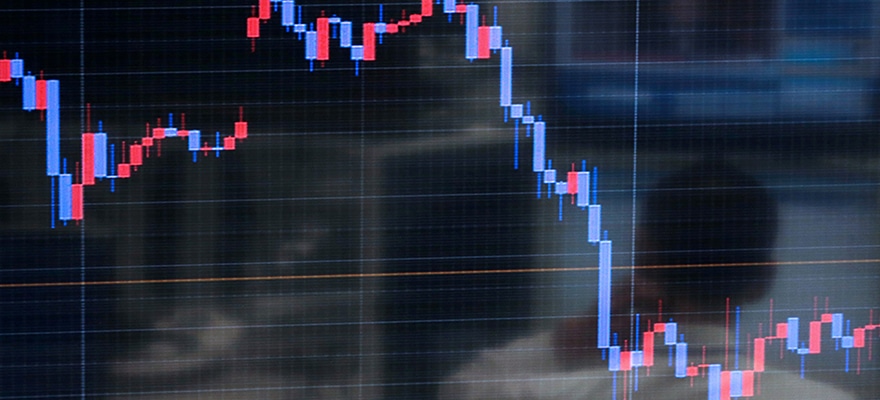A new report generated by fraud prevention vendor Iovation compares fraud across the more popular mobile operating systems, Android and iOS. With iOS powered devices ruling the Mcommerce sector, which operating system generates more fraud?
It has been long thought that iOS creates a more inviting environment to which customers are willing to hand over their payment details. From music through iTunes and premium applications on the AppStore, Apple’s ecosystem is considered high priced when compared to main rival Android.
The devices themselves also serve as an example, with iPhones being placed on the higher end of the price spectrum, as opposed to the fragmented nature of the Android operating system, practically being made available on devices in every price range. The more users spend on the device indicates the more users will continue to spend with the device.
When looking at risk and fraud some would believe the platform which generates more transaction volumes would also have more fraudulent transactions. Iovation’s report proves this theory wrong showing the less Mcommerce popular Android OS generating more fraudulent and suspicious transactions than its Apple developed counterpart.
“This seems to support the industry consensus that iOS is a safer environment than Android, although no mobile device is completely risk-free,” stated the report.
Iovation’s report examined transactions taken from over 2 billion Android and iOS devices, resulting in just over 17 million denied or flagged transactions. The report also took into consideration the amount of fraudulent activity that was placed through mobile browsers as opposed to application on both platforms.
Proprietary applications proved less fraudulent than mobile buy pages with web based Android high risk transactions resulting in 0.41%, as opposed to 0.32% on applications. Transactions through Apple’s iOS fared far better with high risk web based transactions resulting in 0.28% and applications brining in just 0.08%.
All in all, Apple iOS powered devices have a lower risk of high risk transactions with the iPhone generating a 3% risk factor and the iPad bringing a 2% risk factor. Android smartphones and tablets were not separated as with the iPhone and iPad and resulted in a 4% average risk factor. The rest of the smartphone OS space was also considered with Microsoft’s Windows Phone and BlackBerry’s BBOS bringing in together a 6% risk factor.
The report does not necessarily mean one OS is considered “safer” than the other. However, the more consistent roll outs of firmware updates with added security features on iOS device as proved to add a an additional layer of security when compared to Android’s fragmented manufacturer based software updates.
Image courtesy of Flicker

















